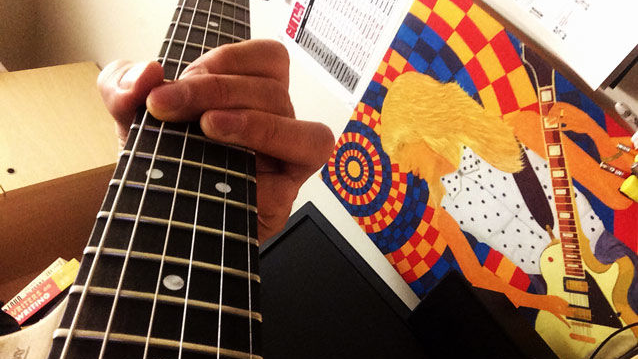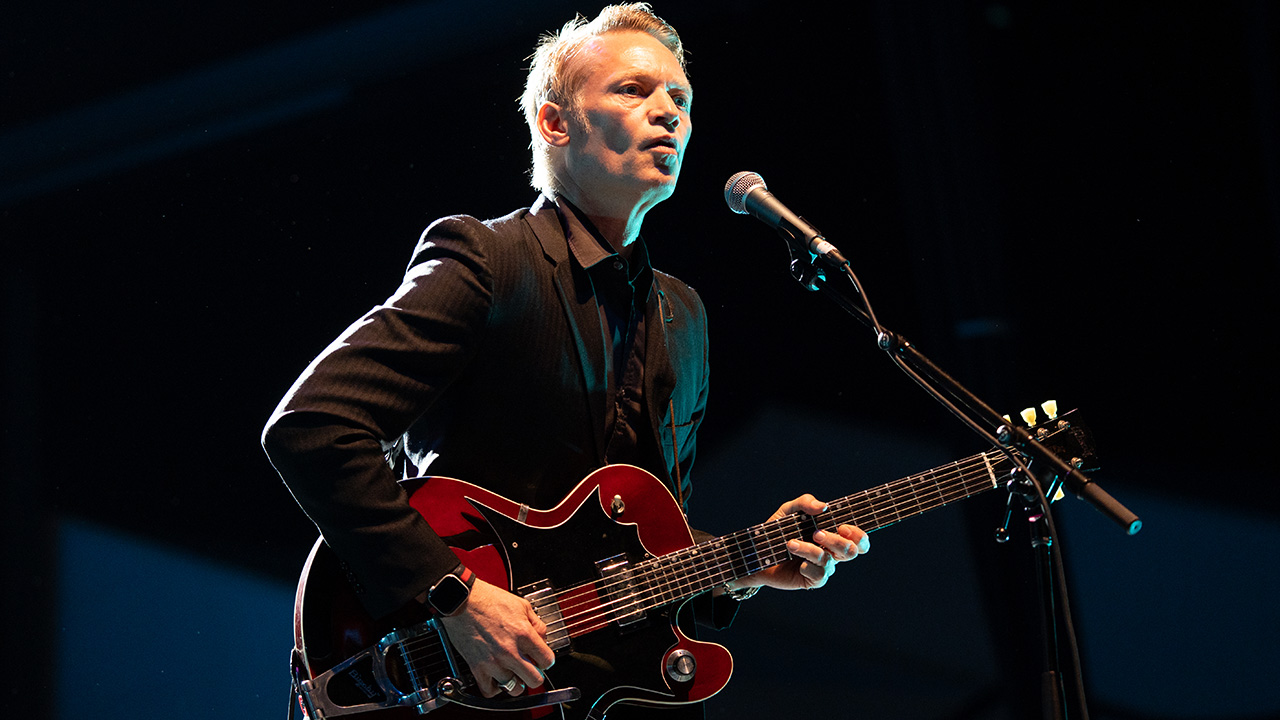60-Second Songwriting: Song Structure Basics—the Outro
Sure, the outro’s purpose is to guide the listener to song’s end, but how does it actually do that?

60-Second Songwriting aims to offer quick, concise, song-craft tips, basics and blasts for the time-crunched and attention-challenged 21st-century musician.
Song structure is one of songwriting’s key elements or building blocks. As songwriters, we casually throw common structuring language around all the time—“Let’s double a chorus here. Why don’t we go to the bridge there?” But how often (if ever) do we really stop to think, beginner or advanced writer alike, about the nut-and-bolt concepts behind the everyday rudiments of our trade?
For example, take the “outro” section of a song. Sure, its purpose is to guide the listener to song’s end, but how does it actually do that?
The Outro
So what is an outro section?
- An outro (also sometimes referred to as the coda) of a song is, as one might think, the inverse of an intro section. It’s a structural element designed to wrap things up and ease the listener toward the song’s conclusion.
- While some intros recur at points throughout a song, the outro is not a recurring section and only appears at the end of a song’s timeline.
- Similar to the intro, the outro can take multiple forms. It can present itself as solely instrumental in nature, with a chord progression backing and a top-line melody played by an instrument or instruments. The outro can also present itself as a chord progression covered by a top-line melody that’s sung with a lyric or in nonsense syllables.
- An outro can run the gamut, from full-band arrangement to singular element (a solo instrument, an a cappella vocal, a string section, a drum beat, etc.)
- Like the intro, dynamics also come into play with the outro. For example, the outro can be used to gently back down the intensity built up over a song’s timeline, leading the listener to an organic, soothing song conclusion. Or conversely, the outro can take that built up intensity and ratchet it up even further, pushing the listener to an exciting song conclusion. The possibilities are only limited by your imagination.
Mark Bacino is a singer/songwriter based in New York City. When not crafting his own melodic brand of retro-pop, Mark can be found producing fellow artists, composing for television/advertising and teaching songwriting via his Queens English Recording Co. Mark also is the founder/curator of intro.verse.chorus, a website dedicated to exploring the art of songwriting. Visit Mark on Facebook or follow him on Twitter.
All the latest guitar news, interviews, lessons, reviews, deals and more, direct to your inbox!
